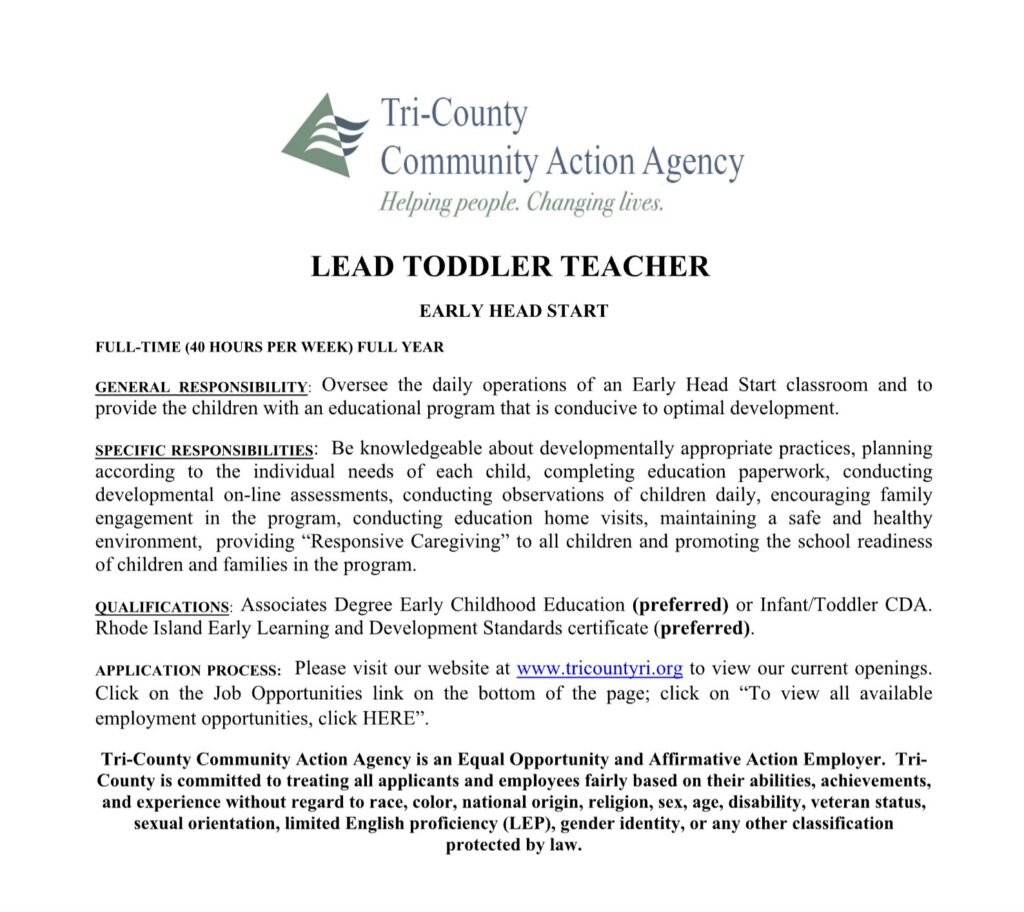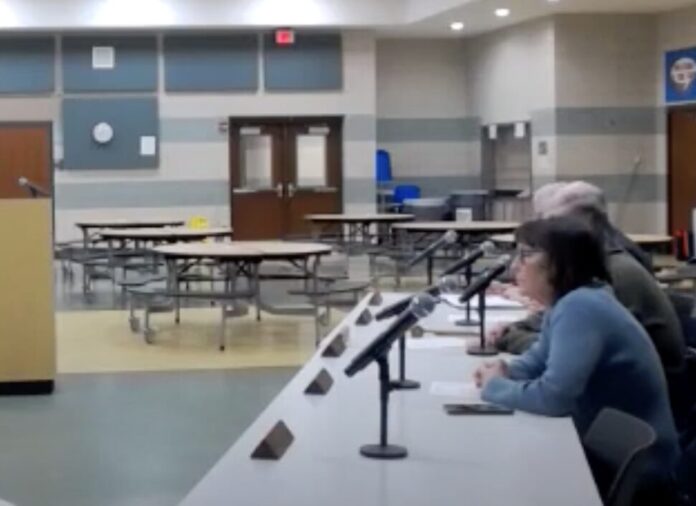NORTH SMITHFIELD – The North Smithfield School Committee unanimously approved a consent agreement this month with the Rhode Island Department of Health Center for Drinking Water Quality to address contaminants found last year in a well that provides water to the high school and middle school.
The agreement, required action under the state’s PFAS Act, dictates the terms of the plan and timeline by which the district must address the issue in accordance with RIDOH.
“It’s mandatory to comply with the law, and give us access to up to $650,000 in federal funds for the remediation,” explained Asst. Supt. Clare Arnold.
Arnold noted that the consent agreement was jointly developed by the School Department’s attorney’s office and RIDOH.
“It’s been fully reviewed,” she said.
The contract will address the levels of per-and polyfluoroalkyl substances discovered in the schools’ water supply last summer. The PFAS Act, passed in 2022, required all community water systems in Rhode Island to conduct initial monitoring of the contaminants, known as forever chemicals, by July of 2023.
Samples taken last May and June showed results of 31 parts per trillion in the district’s “Well #2,” and 21 ppt in the well described by RIDOH as “Entry Point.” The state standard requires contaminants of less than 20 ppt in a public water supply.
RIDOH notes that the school district has since reduced the contributions from the more contaminated well by 200 gallons, resulting in a drilled well with, “much lower levels of PFAS contaminants,” contributing significantly more to the water reaching consumers.
But a long term plan for remediation is still required, and under the agreement, full implementation is expected by February of 2026.
RIDOH and the district, referred to as the Public Water System or PWS in the contract, “have agreed upon milestones and timeframes for achieving those milestones for PWS’s treatment or other remedy to reduce the levels of PFAS contaminants in the system’s drinking water.”
Under the terms, the PWS must submit a corrective action plan within 180 days that details the district’s plan to address the problem. Once that plan is approved, the district will have another 180 days to submit an application for approval of preliminary engineering and an environmental assessment – or request for exclusion from the requirement. No work can begin until RIDOH issues an official certificate of approval of the plan.
It also states that the PWS must continue to monitor the well quarterly for contaminants.
The agreement notes that the district is interested in applying to the Rhode Island Infrastructure Bank for federal grant funding or financing remediation through the state Drinking Water Revolving Fund.
Committee members agreed to the required action.
“I’m glad we’re moving on this,” said member William Connell. “We have to.”










They still have not addressed the cause of the well becoming contaminated. Maybe it was the football field that caused the issue. What I fail to see is what they will be spending the money on and how the spending will solve the problem. Maybe they should build a water treatment plant at the school and spend even more money instead of finding the cause. Another issue is the district and the schools attorney has zero experience in clean water remediation. So how does the district plan on writing a plan to address the problem. Another fact is they can not even come up with a results driven action plan to address the poor math scores so how good will the plan for drinking water turnout.
Couldn’t be more obvious who TB is! No one else would take a shot at a football field and the school department academic scores in an article about contaminated drinking water. Practice what you preach MC! I’m sorry “TB”
https://www.mass.gov/info-details/epa-proposed-maximum-contaminant-level-mcl-for-pfas#epa-proposed-national-primary-drinking-water-regulation-
What will they do when the newly proposed levels are mandated. 4 PPT is a much lower target than the present 20 PPT. I hope the remediation is proactive and addresses it to the 4 PPT level so that we are not once again having to go through this when they drop the acceptable level from 20 PPT to 4 PPT.
“On June 15, 2022, EPA released four drinking water health advisories for PFAS contaminants. These health advisories are:
Interim updated Health Advisory for PFOA = 0.004 nanograms per liter (ng/L), or parts per trillion (ppt) (4 PPT)
Interim updated Health Advisory for PFOS = 0.02 ng/L (2 PPT)
Final Health Advisory for GenX chemicals = 10 ng/L (10 PPT
Final Health Advisory for PFBS = 2,000 ng/L” (2000 PPT) “